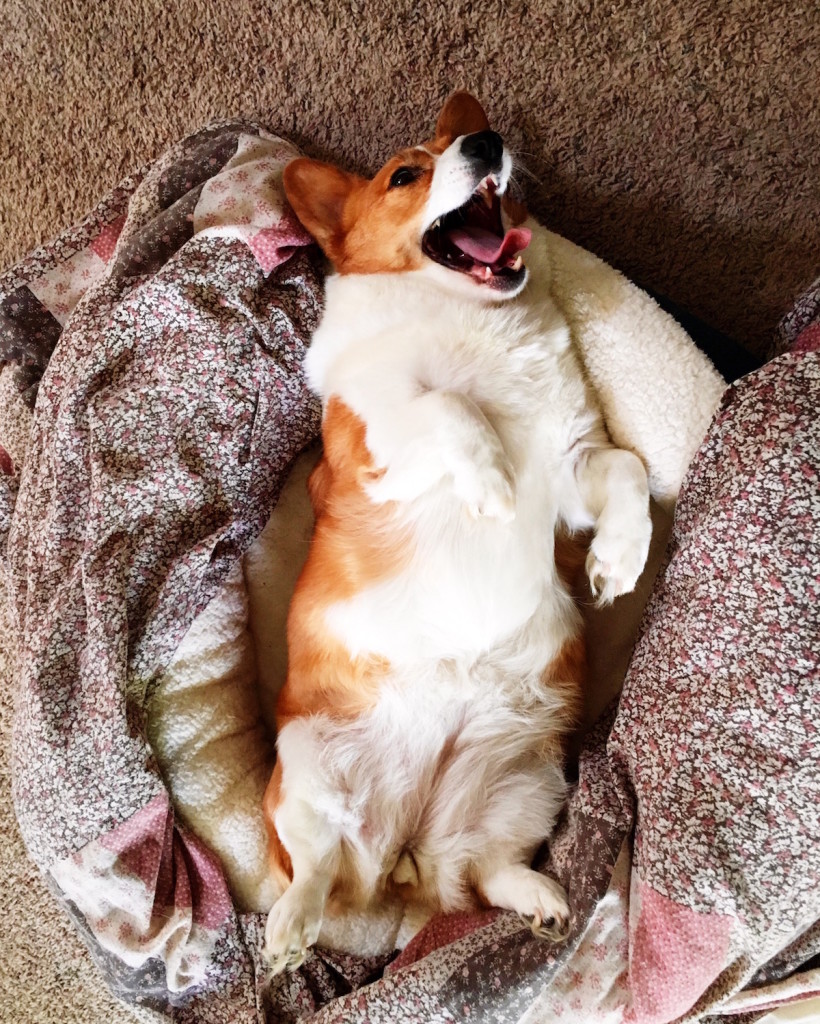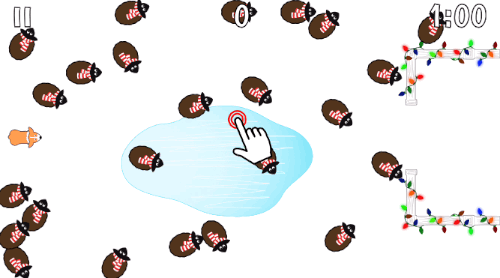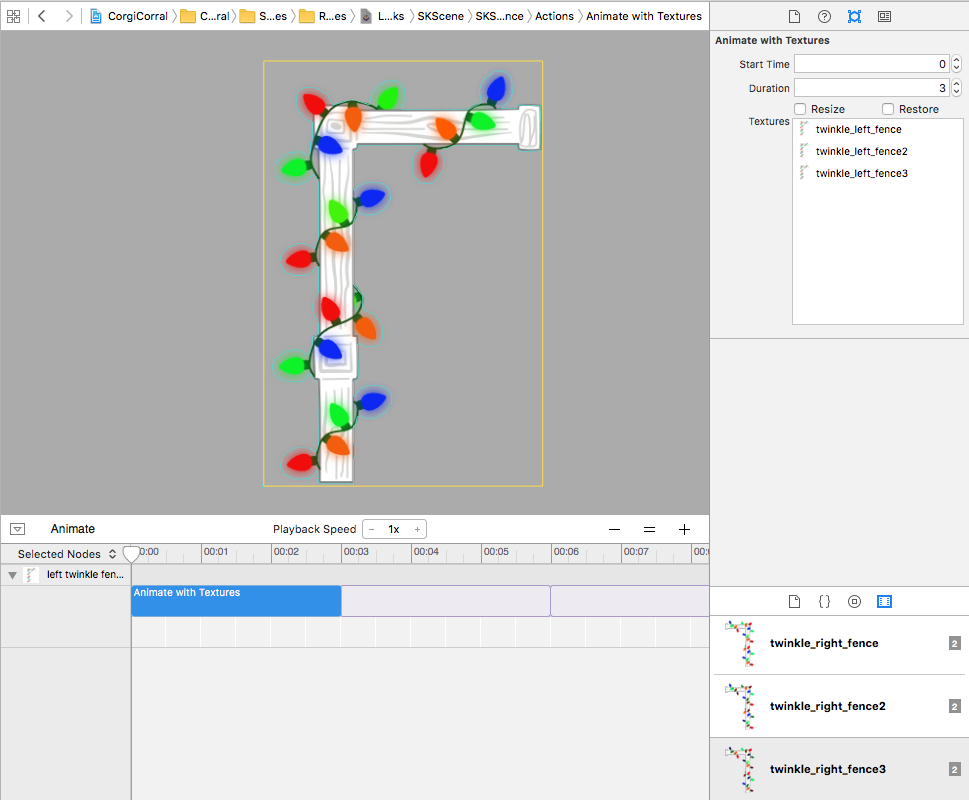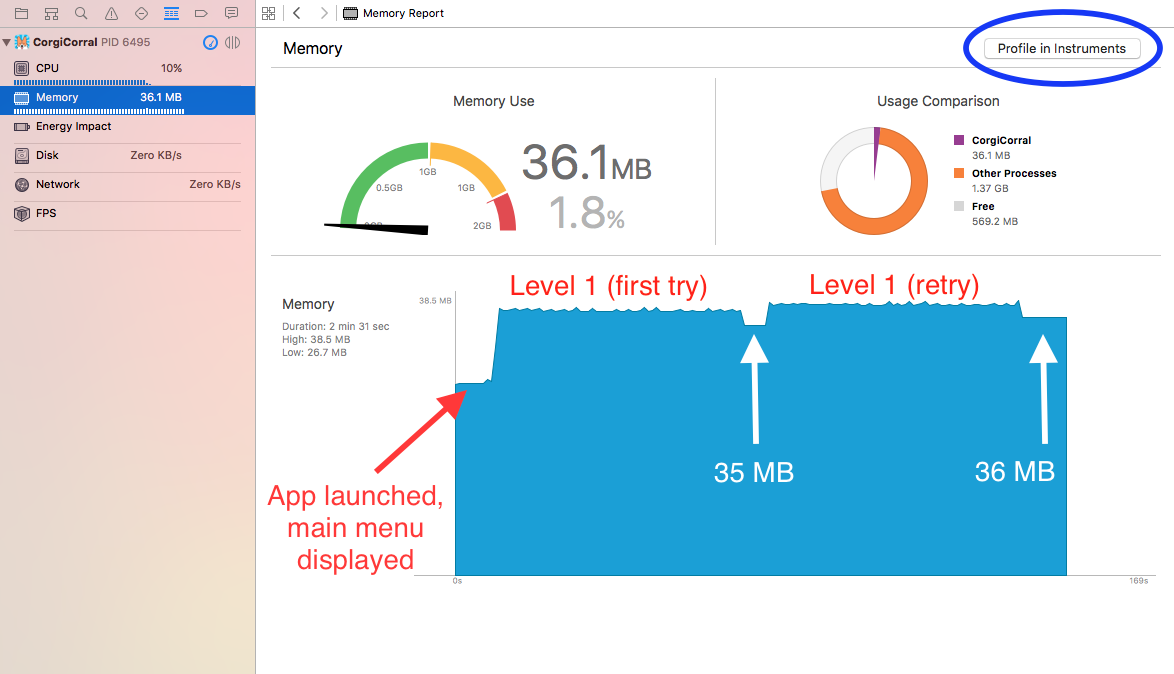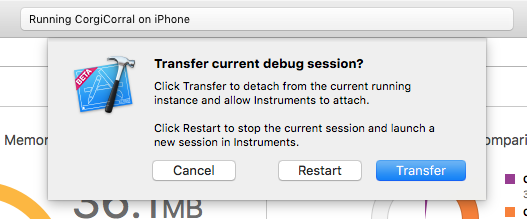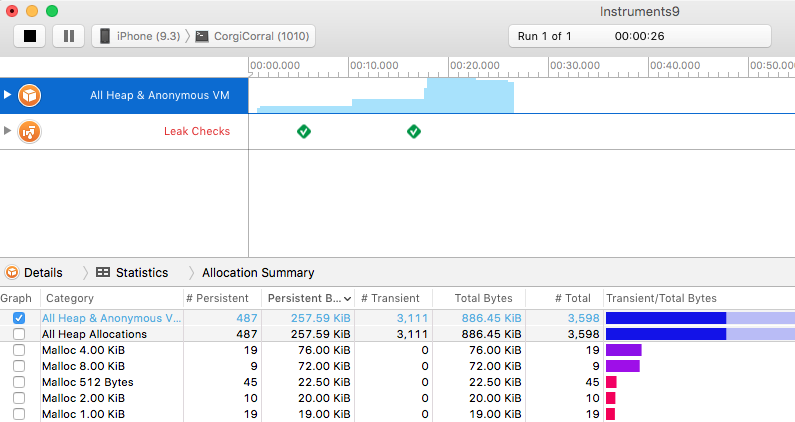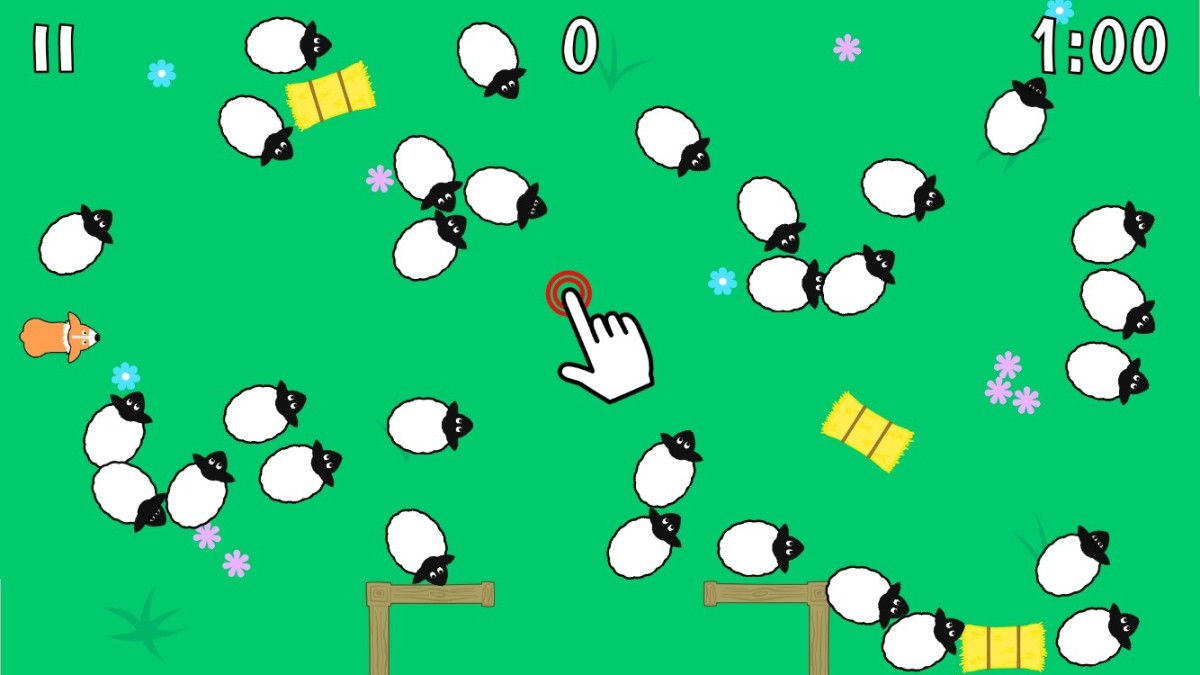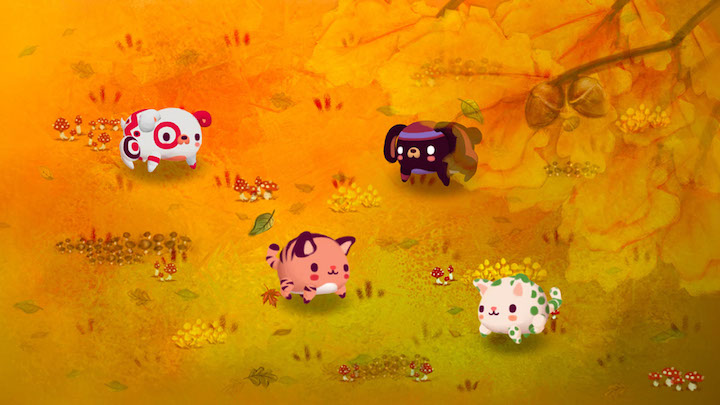I received some really helpful feedback on my previous post, where I wondered aloud about the best way to monetize Corgi Corral. As a result, I have a new idea of what I’d like to do.
Basically, I’d like to include some sort of tip jar with two or three price tiers. I would offer 3 levels of the game for free, and any tip given would automatically unlock the rest and also give the player the option to play as a tri-colored corgi:
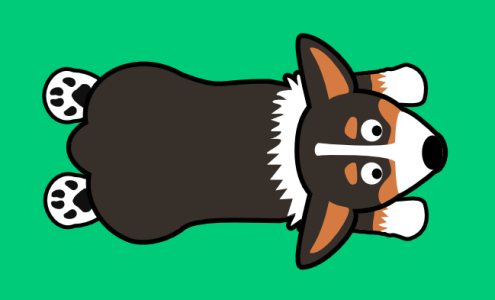
Here’s the tricky part: Consumable in-app purchases cannot be restored. I was curious as to how (Underscore) David Smith got around this problem with his popular fitness app Pedometer++. Pedometer++ features a 3-tiered tip jar that will disable advertisements at any tier. The tips themselves are consumable, meaning you can tip David multiple times for his work on the app. To test his system, I tipped him $1, which removed the ads. I then deleted and re-downloaded Pedometer++ and, as I thought, the ads returned without an option to restore my purchase.
That’s not a big deal for a small inconvenience like banner advertisements (and honestly, I’ll probably just tip David again because he’s awesome). However, in my case, if players pay to unlock all the levels they should really be able to restore that functionality on a new or different device.
This brings me around to a system that more closely resembles what Humble Bundle does: “Pay what you like.” In other words, you choose a one-time purchase price from 3 options, based on…well, the goodness of your heart I guess? It’s an idea that I’ve never seen implemented before in an iOS game and one that I can afford to try.
Setting up in-app purchases sounds like an enormous headache, but I’m actually more concerned about localization and how to word everything. I’m stuck on two things:
- What should I name the 3 price tiers? Something goofy like Corgi Fan/Corgi Lover/Corgi Wizard or more straightforward like Bronze/Silver/Gold Supporter? (or maybe something involving the word “thanks”?)
- What should the user-facing explanation be? I was thinking something like, “If you’re enjoying Corgi Corral, your support would be greatly appreciated. Purchasing any tier will unlock the full game.” Does that make sense?
And once I figure those two things out…do I dare try to do the translation myself? ?
Anyway, I suppose I’m getting ahead of myself. I have so much more work to do on just finishing all of the art assets that I won’t need to make these decisions for several months, probably!
